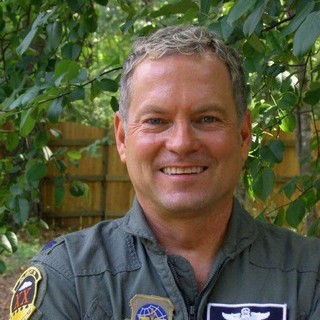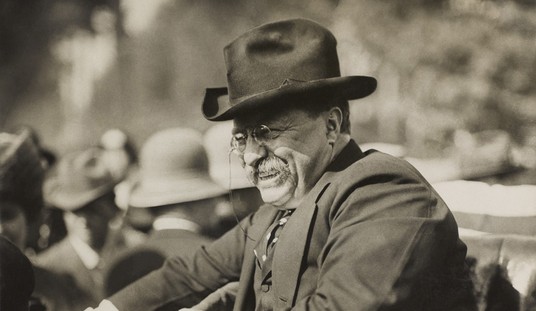 Hey kids, tonight’s “Buzz’s Bedtime Stories” is a thriller. A really inconsequential anecdote, but an insightful one in understanding the Air Force “airlift community.” And the inherent risk of flying big jets.
Hey kids, tonight’s “Buzz’s Bedtime Stories” is a thriller. A really inconsequential anecdote, but an insightful one in understanding the Air Force “airlift community.” And the inherent risk of flying big jets.
One morning, very early, I was scheduled to fly a C-141 mission from Charleston AFB, SC, to Navy Norfolk, VA, to Rota, Spain in the first day. And then down range into the Middle East for the next week. Normal stuff. Long days, cool adventures, and the experience of a lifetime!
I was also flying with one of my best friends and was excited for the upcoming adventures. He was a blast, and there was never a shortage of things to talk about in the cockpit. He is a professional artist and a brilliant pilot.
We arrived at NAS Norfolk to gas up for the long leg to Spain, file our flight plan, and upload our Navy cargo. Back in the day, we had to go into Base Operations to manually fill out an international flight plan. By hand. Thankfully, that has changed over the years. But, in the day, the pilots would head to “Base Ops” and file the flight plan, while our crew of flight engineers and loadmasters took care of the jet. Preflight, loading, unloading, it was a ballet.
We grabbed a coffee at the passenger terminal after filing our flight, got back to the jet, performed our checklists, and took off for Spain. The runway at Navy Norfolk is relatively short, and I knew we were heavy. As we took off and reached takeoff decision speed, we were committed. Try to abort now, and we’d be off the end of the runway and onto a heavily trafficked roadway. Then probably into the water. Although I realized the jet wasn’t responding normally. Very sluggish. I took every last foot of the runway and finally rotated. It was all I had.
SEE ALSO: Buzz's Bedtime Stories: That Time I Diverted Air Force One
We climbed to about 300 feet initially, and couldn’t climb any more. Power was all the way up. I didn’t have anything more other than to nurse our 325,000-pound aircraft into the sky. We were flying over the Norfolk Bay, inching up ever so slowly. Passing over ships with masts and sailboats, my inclination was to pick up my feet. We were that low. The cockpit was very silent as I tried to inch every bit of altitude and airspeed I could.
Eventually, we started to eke out a climb. Very slowly and very grudgingly. Finally, after what seemed like an hour, we finally reached our cruise altitude for our flight over the Atlantic. Normally, it’s about a 20-minute climb.
I hopped on the HF radios (long range) and chatted with our HQ. “Something’s off. Can you guys take a look when we get to Rota?”
“Of course,” they said. We seemed very heavy. And I’d been flying this aircraft forever. It felt like a part of me. Pilots develop that affinity for their machines. I know it sounds weird, but it’s true.
Upon arrival in Spain and an uneventful landing, the Air Force impounded the plane. They tore into it and weighed the cargo. We went into crew rest, and I was contacted by the USAF routinely. They called me in my BOQ (Bachelor’s Officers' Quarters) room. They informed me that we were 25,000 pounds overweight. Our absolute max was 325,000 pounds, and we took off at 350,000. The Navy had hidden cargo within the pallets and fudged the numbers! And we almost died.
Heads rolled back at Navy Norfolk. Several members of their load team were fired.
The copilot and I went to the O’Club for a beer. Just another day flying “the iron.”














